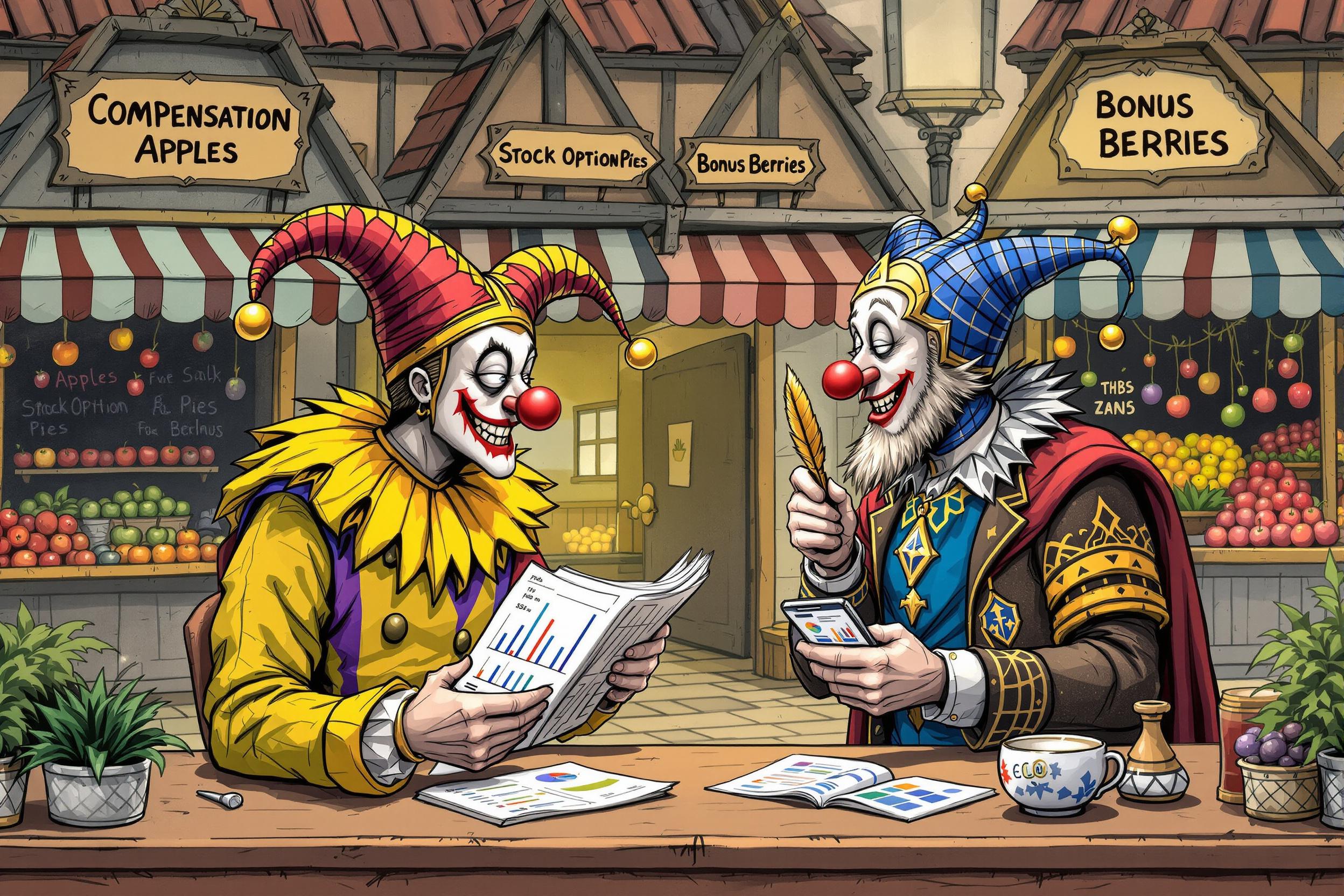
Markup Price
Markup Price refers to the amount added to the base production cost of a product to create the final selling price in print-on-demand businesses. It's like a premium added on top of what it costs to make something, which helps cover business expenses and generate profit. When someone mentions markup price in their resume, they're typically talking about their experience in setting profitable product prices, managing costs, or developing pricing strategies for custom-printed items like t-shirts, mugs, or posters.
Examples in Resumes
Developed pricing strategy with optimal Markup Price calculations for 500+ product categories
Increased company revenue by 35% through strategic Markup Price adjustments
Managed Markup Price analysis for print-on-demand product line resulting in 25% profit increase
Typical job title: "Pricing Specialists"
Also try searching for:
Where to Find Pricing Specialists
Professional Networks
Online Communities
Example Interview Questions
Senior Level Questions
Q: How would you develop a pricing strategy for a new print-on-demand product line?
Expected Answer: A strong answer should cover analyzing production costs, market research, competitor pricing, target customer demographics, and creating a balanced markup structure that ensures profitability while remaining competitive.
Q: How do you handle pricing during peak seasons versus off-peak periods?
Expected Answer: Should discuss seasonal pricing strategies, dynamic markup adjustments, promotional planning, and how to maintain profitability during different business cycles.
Mid Level Questions
Q: What factors do you consider when setting markup prices?
Expected Answer: Should mention production costs, competitor analysis, market demand, operating expenses, target profit margins, and customer price sensitivity.
Q: How do you calculate break-even points for different products?
Expected Answer: Should explain basic break-even analysis, including fixed costs, variable costs, and how to determine minimum markup needed for profitability.
Junior Level Questions
Q: What is the difference between markup and margin?
Expected Answer: Should be able to explain that markup is the amount added to the cost price, while margin is the profit percentage of the selling price.
Q: How would you research competitor pricing?
Expected Answer: Should describe basic market research methods, online price comparison, and how to gather competitive pricing information.
Experience Level Indicators
Junior (0-2 years)
- Basic price calculations
- Understanding of cost vs. selling price
- Market research
- Simple profit calculations
Mid (2-5 years)
- Competitive pricing analysis
- Profit margin optimization
- Price testing strategies
- Customer segment pricing
Senior (5+ years)
- Strategic pricing leadership
- Advanced market analysis
- Multi-channel pricing strategies
- Pricing automation implementation
Red Flags to Watch For
- No understanding of basic cost calculations
- Inability to explain difference between markup and margin
- Lack of experience with market research
- No knowledge of competitor analysis
- Poor understanding of pricing psychology
Related Terms
Need more hiring wisdom? Check these out...

The Hidden Art of Salary Negotiation: How to Win Hearts Without Going Broke

Cutting HR Costs Without Sacrificing Quality: A How-To for Savvy Executives

Salary Transparency Laws: What HR Leaders Need to Know

